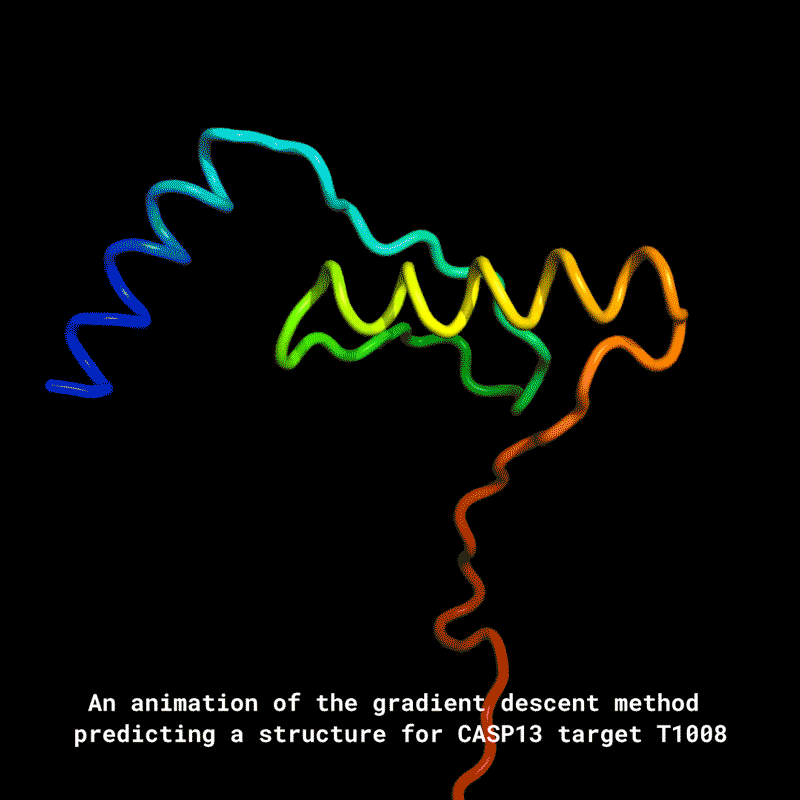Protein Modelling
For research and diagnosis of genetic diseases
What is Protein Modelling?
Protein modelling, or more specifically, protein structure prediction is an essential field of research and development that aims to predict the structure of folded proteins. It is used to aid research on the biological functionality of proteins and even to help diagnose and potentially treat genetic diseases like:
Protein folding is a complex cellular process that folds proteins into specific 3D shapes. The exact shape of this protein is very important, as if the shape isn't correct, the protein won't function correctly. Malformed proteins are major contributors to the diseases listed above.

Credit to Hamza Abdullah
Recent Developments
Protein structure prediction has been an active area of research for many years, but recently DeepMind, a Google AI research firm, released AlphaFold, a powerfull AI model used for protein structure prediction. AlphaFold has beat all established contenders by a large margin in the Critical Assessment of Structure Prediction (CASP) competition, having most accurately predicted 25 of the 43 proteins, with second most accurately predicting 3.
AlphaFold's entry into the field may lead to groundbreaking discoveries that could one day lead to cures for some of the most debilitating diseases that our species faces. This, in my opinion, is the pinnacle of using Computer Science for positive social change - even if it is being lead by a company like Google.